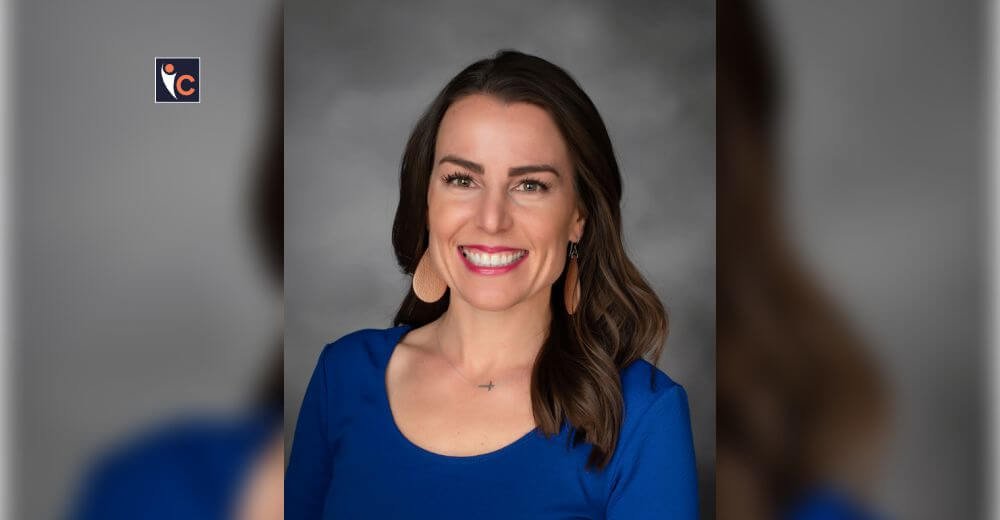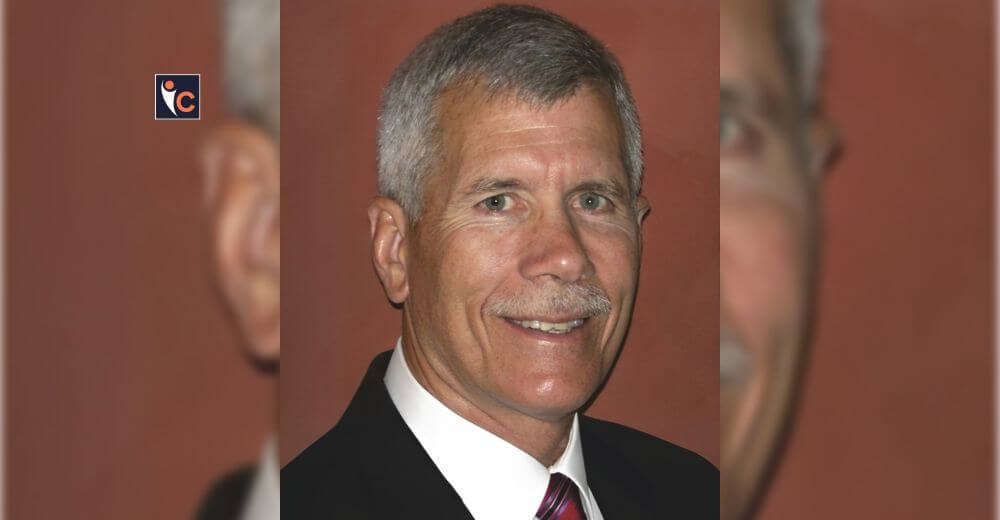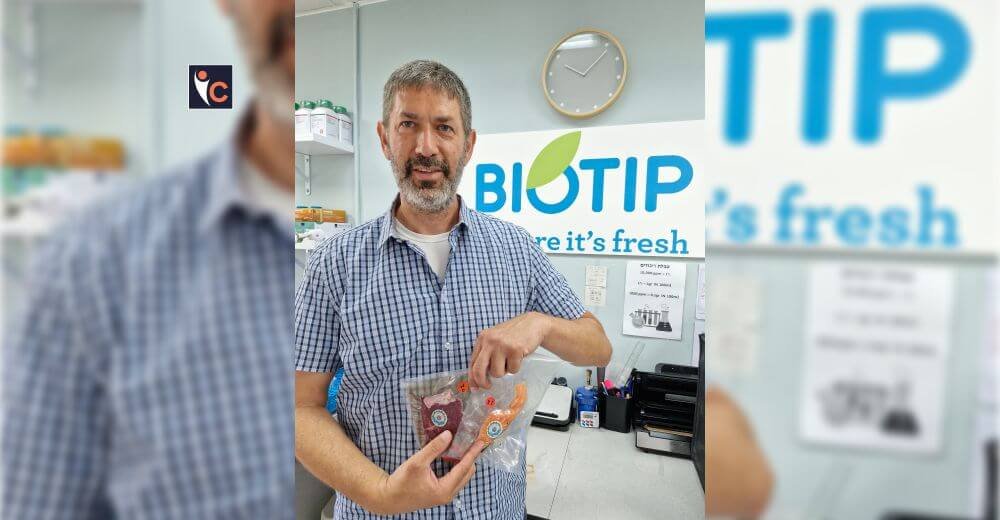The trend of wearable technology and digital health is growing rapidly within the market. At present, wearables are more likely to be purchased by customers who want to lead a healthy lifestyle and quantify their progress. And more often than not, they are finding it to be a valuable tool in seeking the insights that they need concerning their health.
Biostrap—a biosensor-based digital biomarker platform—is one step ahead in providing customized digital health solutions to meet consumer health needs. It offers the first-of-its-kind configurable biometric monitoring platform that comes with cloud processing, customizable professional and user interfaces, AI-driven insights, and integration options.
While other wearables in general, discard the raw health data to improve their calculation speed, impacting data quality and integrity, Biostrap wearables save data, thus enabling in-depth analysis of health biometrics using high-resolution PPG measurements from within the skin, to extract reliable biometrics. This gives the company a competitive edge compared to others within the market.
In an interview with Insights Care, Sameer Sontakey, the CEO & Founder shares the journey of Biostrap from being the check engine light for individual health to enabling unfiltered and reliable health insights for health-conscious consumers.
Following are the excerpts from the interview:
Kindly tell us the source of inspiration. What led you to venture into the health wearable Industry?
My source of inspiration for venturing into the health wearable industry came from a personal experience of a life-changing weight-loss journey. I was very unhappy with myself, and I knew I had to change. About ten years ago, for a year, I went on a low-carbohydrate diet and worked out at midnight almost every day, because that’s the only time I had free time. While it may have been a crazy schedule, in only a year, I went from 220 lbs to 150 lbs with my waist size dropping from 44 to 28. The interesting part is that it was more of a mental battle than a physical. Setting my mind to it and staying motivated was the biggest challenge. After my weight-loss journey, I’ve become obsessed with health and how one can take better control of their well-being.
Having been in the software engineering industry for ten years at the time, I realized that my passion for wearables and health could be interlinked and that I could create something convenient and actionable, and provide clinical data that is more meaningful to the consumer than other wearable technology on the market. While I was burning the midnight oil on the side of my day job, I was becoming more confident that Biostrap did have potential in the market. It was the time when my first daughter was born, so it gave me that final push that I wanted to create something for the future.
Not to mention, looking back, now I know that if I had a Biostrap back then, I would have been able to make more data-driven decisions and achieve that wellness goal even faster by working smarter, not harder.
Brief us about yourself and shed some light on your role and responsibility at the company.
I was born in Los Angeles and lived most of my life in Southern California. I got my degree at a liberal arts school in computer science, and that field has been my passion ever since. Out of college, I was hired at a company building gaming streaming platforms in the Bay area. It was my first experience with a startup, so I had the opportunity to have a close insight into how a business worked. After two years, however, I changed course and moved to Los Angeles, where I co-founded a marketing platform, called Bridg, and worked on engineering and developing scalable marketing tools. It was during that time that my health started to earn a whole new meaning. That health transformation I mentioned above completely changed the way I viewed well-being.
I began developing Biostrap while still at Bridg, and then upon my exit, I dedicated my entire life to growing Biostrap, so we can democratize clinical-grade data and empower people to own their health data and make more informed decisions about their well-being. As the CEO and Co-founder of Biostrap, my main role and responsibilities encompass building strategic relationships to advance digital health and remote monitoring, especially as we are entering the clinical research and clinical care markets with our latest medical-grade biosensor. Additionally, while Biostrap has been fully privately funded, with the growth that’s ahead of us, we are currently raising capital to make an even greater impact on healthcare and help improve how value-based care is done today. Building relationships with investors and representing Biostrap in such conversations, presentations and opportunities is also a great responsibility to have.
What are the mission, vision, and values shared by the company?
Biostrap is on a mission to provide the world’s most advanced, high-resolution, biosensor-based digital biomarker platform to improve global health. We are building an ecosystem of partners to provide and use data to gather insights on one’s health which then can be utilized to provide actionable information and enhance remote patient monitoring processes.
At Biostrap, we envision a future where patients have access to relevant and insightful data about their health and where researchers have access to reliable and easy-to-implement technology that helps them advance patient care and develop new biomarkers that help create more individualized treatments for patients with various health conditions.
Our values revolve around always being curious to continue to advance the solutions we offer, keeping in sight why we started in the first place and staying true to that, and being flexible in the sense that having the capability to adapt to ever-changing market conditions and recognize new opportunities as they arise.
Tell us about the core products and services that the company offers to support the healthcare needs of the patients. How are these different from other companies in the market?
The core products Biostrap offers are a combination of hardware and software solutions to address the limitations of the healthcare industry. Through utilizing photoplethysmography (PPG) and accelerometer data with our current: EVO and soon-to-be available: Ethos device, we can extract raw sensor data that is rich, unfiltered and contain embedded novel digital biomarkers. Such raw PPG data has extensive applications spanning a wide range of healthcare sectors from the blood and respiratory system and cardiology to paediatrics and neurology.
The big difference between Biostrap and other players in the market is the high fidelity of the data that’s captured. Many wearables discard raw, unfiltered data for quick and easy processing. Biostrap collects on average 1000 times more data than other consumer wearables. By storing all that raw data, it can be utilized to develop novel algorithms in the clinical setting.
In our soon-launching device, Ethos, we are introducing a first-to-market quadband technology that won’t only increase data integrity but has the potential to address health inequity. With our multi-wavelength sensor technology, our device will be able to uphold its clinically reliable and accurate measurements regardless of skin pigmentation. Additionally, we also have a pending FDA 510(k) clearance application regarding our SpO2 measurements. We have already completed the hypoxia study at the Hypoxia Research Laboratory Department of Anesthesia and Perioperative Care at the University of California, San Francisco, where Ethos achieved an accuracy of 2.7% root mean square error (RMSD). Exceeding the FDA’s requirement of 3.5% RMSD.
Turning to our software solution, we have developed a cloud-based artificial intelligence and machine learning system, called the Pulse Engine, that serves as a proprietary cloud-based computational suite. It cleans, processes, and analyzes raw PPG waveform data and currently obtains more than 65 features and biometrics.
Brief us about the rising need for health wearables in the modern era. How will it impact the way patients perceive their health and personal wellness?
The evolution of digital health and wearable technology is providing the opportunity for patients to have more data about their health and well-being than ever. And, more often than not, patients find it very valuable. It allows them to be more hands-on with the course of their health, which serves as a great motivator to maintain healthy habits and improve treatment adherence.
When I developed Biostrap, I wanted to create what I call a “check engine light for your health.” What I mean by that is that data from wearables today have the power to raise a flag about a health concern before it was to become serious. That’s exactly what we had in mind when we launched our Early Warning System during the pandemic. With our measured biometrics and AI interpretations, Biostrap can detect signs of a respiratory illness before the onset of symptoms, which could call for early intervention and hence a more data-driven recovery.
The healthcare system as it is today is still highly reactive. Most patients don’t seek out their primary care physician unless they already experience symptoms. Wearable data and advanced AI analytics have the potential to shift that to a more proactive approach. Through analyzing raw PPG data, we have recognized that biometrics change much sooner than health exacerbations occur, and seeing that slight change away from one’s baseline, individuals can notice early signs of a given health issue. Take it a step further, this can be the next level in remote patient monitoring when physicians would be notified when their patients’ data shows a significant change to a negative direction.
What specific R&D operations is your company leading at present? Why do you find them essential in developing or improving healthcare solutions?
Traditional measures in healthcare today are episodic, spare, often self-reported and subjective. Through merely occasional visits to the primary care physician, it is difficult to gain a complete understanding of a patient’s health. Such visits lack real-world insights, for example, the daily burden of symptoms, or any subtle shifts to the quality of life. They also only provide surface-level data as opposed to rich, multi-dimensional and longitudinal data sets.
In our R&D efforts, we wanted to solve those issues by providing continuous 24/7 real-time monitoring of medical-grade objective measurements of rich, unfiltered raw sensor data. All that through passive and convenient monitoring in a real-world setting at the patient’s home. We gather, process and analyze that data in our Pulse Engine and provide it to physicians and researchers through a secure, HIPAA-compliant web dashboard. Data security is of the utmost importance to us, and no patient’s data is ever being shared without their consent. Additionally, Biostrap never sells patient data to third parties.
What endeavors is the company currently pursuing to improve its service measures for the clients?
We think of our clients more like partners. We don’t want to just be a vendor, but rather go beyond providing just hardware and software. We provide solutions so that our partners can be successful. We listen to their feedback and opinions to continuously advance our solutions. Some of the features we’ve built into the platform were because one of our partners requested them.
What advice would you like to give to budding entrepreneurs and enthusiasts who desire to venture into the health wearable Industry?
It’s true when they say hardware is hard. It takes twice as long and costs three times more than you think. If possible, do some due diligence on what exists already on the market and see if it meets your needs first. We decided to go down the route of making our wearable because nothing was available on the market that would give us access to the high-resolution raw sensor data to develop the next generation of digital biomarkers.
Unlike software, you cannot iterate on hardware quickly. This means it’s really important to get your hardware right before you launch. Try to get as much right the first time, but always be ready to pivot if necessary. We made some hard decisions where we had to push our launch of Ethos and completely redo our optomechanics because the data quality of the signals was not up to our standards, so we pushed our launch back six months. In our case, we are creating something that is to impact the decisions people are making about their health or the health of their patients, so it was a non-negotiable that data accuracy had to be perfect.
How do you envision scaling the company’s services and operations in 2023 and beyond?
We are now entering the clinical research and clinical care markets with our latest medical-grade biosensor, Ethos. We see that lines between consumer and medical are blurring quickly and users are expecting a much more patient-centric experience. Furthermore, remote patient monitoring is growing rapidly at 30% CAGR and the need for monitoring devices is only going to grow. We are positioning ourselves as a leader in that category.
Please mention client testimonials or recognitions that your company may have attained along its journey to success.
Saranya Veluswamy, MD, a haematologist at Children Hospital Los Angeles and Assistant Professor of Clinical Pediatrics at the Keck School of Medicine of USC said the following in response to selecting Biostrap for their research in developing a new biomarker for sickle cell disease utilizing raw PPG. “We needed something patients could wear outside of the hospital while having access to the raw blood flow data that we can download, run our algorithm on and derive the parameter that we think is going to be predictive of pain.”
The research team at CHLA is working to develop blood flow response as a biomarker to be able to determine how bad Sickle Cell Anemia is going to be, or ideally, even predict that pain might be coming on, so they can do something to stop that pain crisis and proactively manage its severity.
“We decided to partner with Biostrap because we believe in the standard Biostrap sets with regards to accuracy. For HealthQb, it was critical piece for us to have a scientifically valid wearable device when it comes to HRV in particular because of how sensitive of a metric that is. We have to make sure that it’s measured accurately.” – Greg Elliott, Co-Founder of HealthQb Technologies.
| Next Story: https://insightscare.com/komodo-technologies-making-health-data-reliable-accessible-and-cost-effective-for-an-average-customer/ |










